Phoebe Dahl Is Giving a Whole New Meaning to Back-to-School Shopping
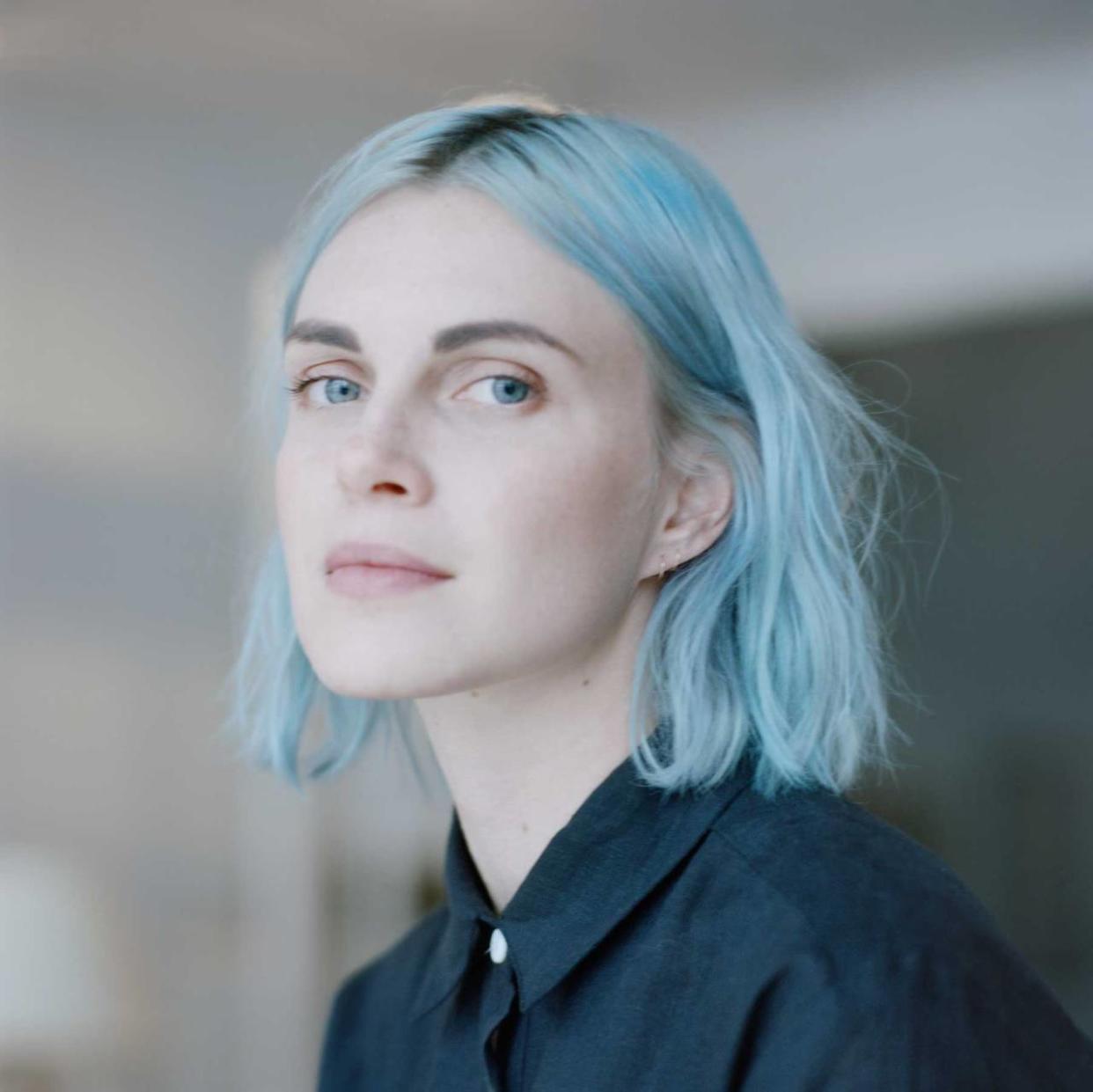
Phoebe Dahl, founder of Faircloth & Supply. (Photo: Mark Peckmezian)
Do you remember as a child being badgered by your parents in the morning to go to school and feeling that sense of dread that kept you hitting the Snooze button way too many times? Well, for young Nepali girls, it’s the complete opposite. For them, school is the chance of a lifetime.
In the next few weeks, more than 50 million students in the United States will go back to school. The opportunity for an education in our country is granted to each child regardless of race, sex, or class. Unfortunately, this is not the case in many parts of the world, including Nepal. But one young fashion designer is making strides to change that. Her name is Phoebe Dahl, and she is the founder and creative director of Los Angeles-based clothing brand Faircloth & Supply. Her collection consists of sustainably produced linen shirts, blazers, tees, and jumpsuits that possess that minimalistic, chic, utilitarian quality that can easily make them your go-to uniform.
Even better, Dahl has devoted her clothing line to empowering women — through providing beautiful garments that also give back to young girls in Nepal through GWP and B Project, two nonprofit organizations focused on bringing educational opportunities to children who need them most.
After traveling to the region, Dahl was inspired to help the Nepali girls, who she saw were overwhelmingly denied the right to an education — and, by extension, were at high risk for sex trafficking. UNICEF reports that at least 7,000 Nepali girls are sex-trafficked every year. It’s important to note Nepal still uses the caste system, and young Nepali girls are often denied schooling because of their class, gender, or lack of money.
If Dahl’s name rings a bell, it’s because her grandfather was Roald Dahl, the legendary author who penned childhood classics like James and the Giant Peach, Matilda, and The BFG. Although Phoebe was only 1 years old when he passed, his legacy lived on through her mother, who instilled in Phoebe her fervent passion for change, female empowerment, and the infinite possibilities that come with staying positive.
“There was just so much magic in our childhood, from spontaneous treasure hunts in the middle of the night to a lot of animals — bunnies, parrots, lizards, guinea pigs, you name it. Anything you can imagine, we had it. That was just my mom being so nurturing of her children and how formative those years [were] for me — really getting me to believe in magic and positivity,” Dahl tells Yahoo Style.
Dahl hopes to provide young women with the same opportunity of dreaming big, starting with giving Nepali girls a chance at a better life through education.
Yahoo Style spoke to Dahl to learn more about the origins of Faircloth & Supply, how she keeps the brand sustainable and ethical, and her goals for the future. Let’s break it down.
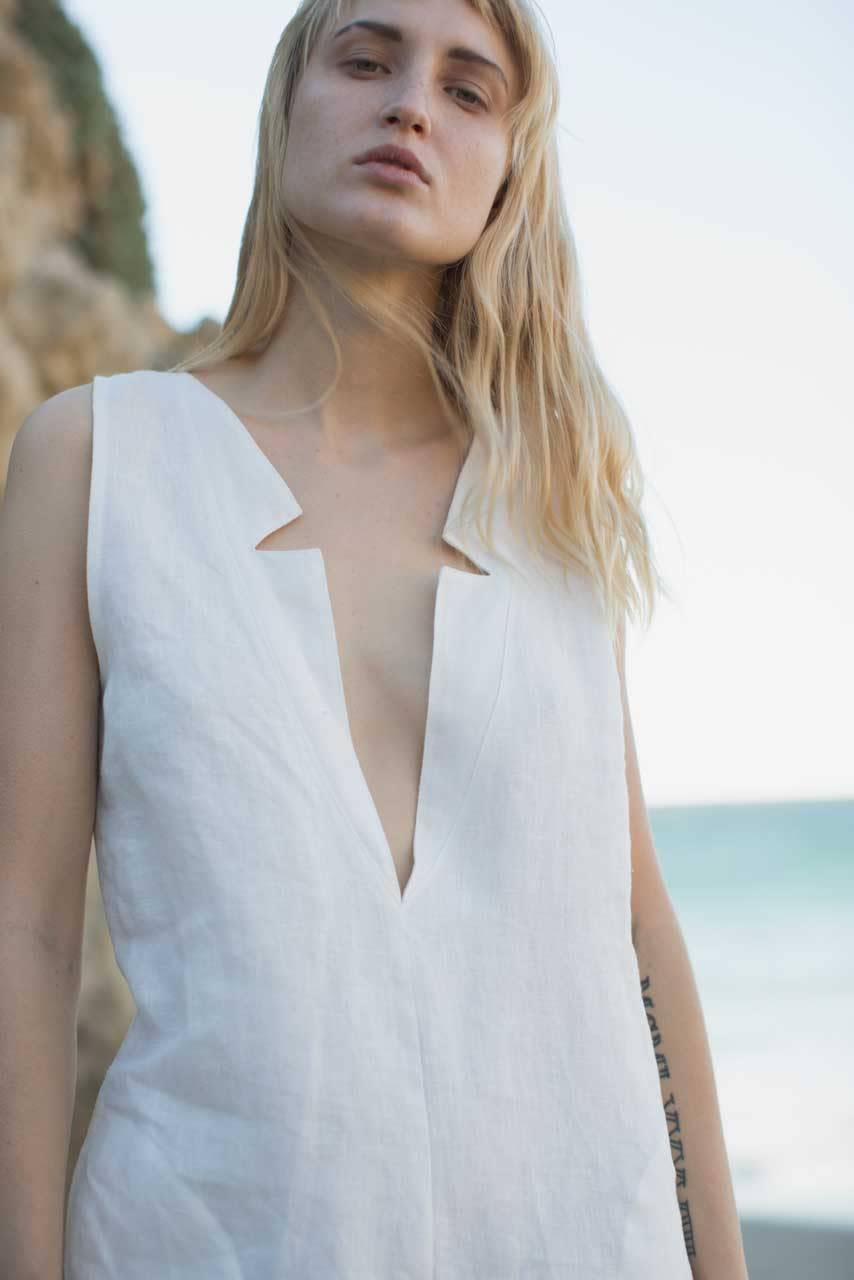
Photo: Courtesy of Faircloth & Supply
How It Started
Yahoo Style: Can you tell me a little bit about your background and how your interest in fashion began?
Phoebe Dahl: I went to college in San Francisco. I’ve been designing and sewing since I was about 10 years old. I used to go visit my grandma, who owned an antique fabric and furniture store in Santa Fe, and she would teach me about the antique fabrics that she had in her shop. That’s where my love for textiles came from. She was a collector of antique French linens and 18th century farm plaids. I would sit and sew little hats with her — little berets out of these beautiful fabrics. That has been ingrained in me since I was a little girl.
I took on her passion as my own. When I was in middle school, I would sew little circle skirts, and they started to become a trend, so I was very busy in elementary school. I would bring a little swatch book of fabrics so the girls [at my school] could choose how they wanted their skirts. Then I would go home and make the skirts. I made quite a killing. I was a little hustler. [Laughs]
I later went to [the Fashion Institute of Design & Merchandising] in San Francisco. When I was applying to colleges, none of my classmates had any idea of what they wanted to do. I knew exactly what I wanted to do, and so I just went for it.
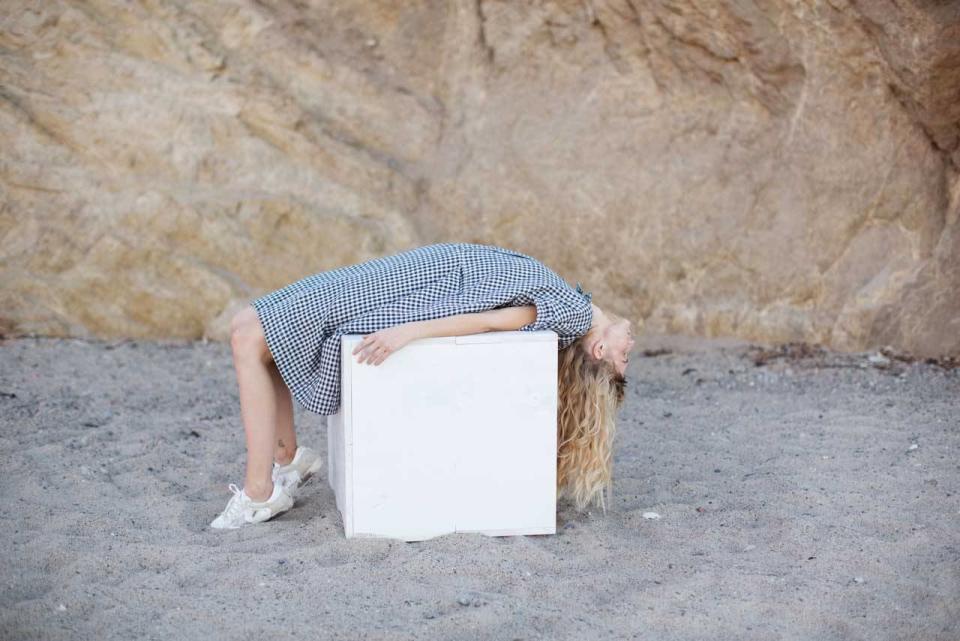
Photo: Courtesy of Faircloth & Supply
The Inspiration
Can you describe more about Faircloth & Supply and its inspiration?
I lived in Amsterdam for about three years in my early 20s. While I was living there, I was working for a designer who brought me on a work trip with her to Tokyo and India. My biggest takeaway for Tokyo was the style. I’ve never seen men and women just wearing linen all the time in a stylish way. I was exposed to a different way of wearing linen and styling linen that sparked so many ideas, creativity, and inspiration within me. I decided this is what I’m going to do. I started to design linen pieces that can be both high-fashion and trendy and [that] people my age would want to wear.
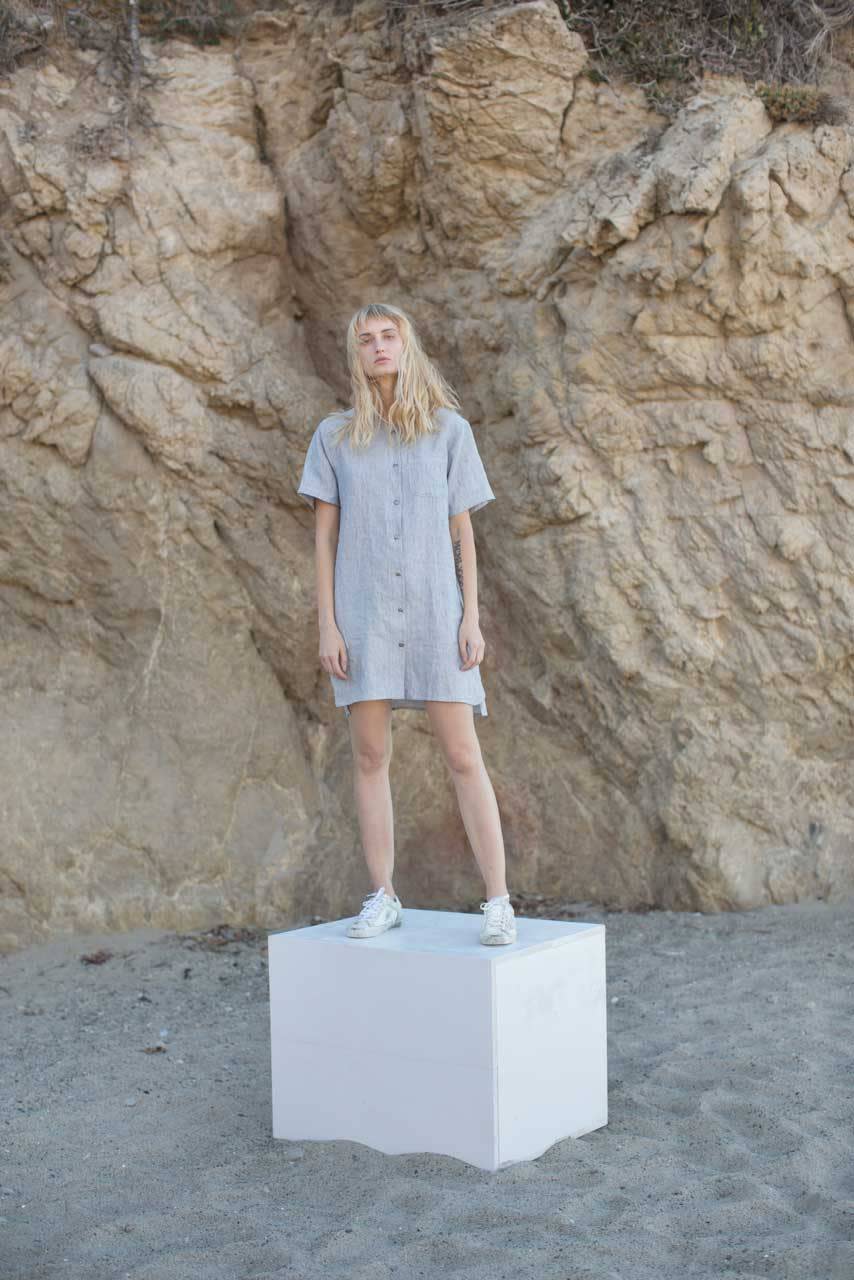
Photo: Courtesy of Faircloth & Supply
Ethical and Sustainable Initiatives
Can you describe how the brand is sustainable?
Linen is a natural fiber, so I only use natural fibers like linen and cotton. Using natural fibers is better for the environment to begin with than actually producing the fabric. As often as we can, we’ll use organic cotton. For a lot of the dyeing that we do, we use organic and natural dyes. Most of them are seaweed-based dyes.
Tell me about how you decided to work with the B Project and GWP over other organizations?
When I started Faircloth, I knew I wanted to have a charitable component to it. I have worked in philanthropy and charitable work since I was a young girl, so that’s something that’s really close to my heart. I also knew I wanted it to be a women’s empowerment organization targeting sex trafficking or child marriages because that’s what I saw during my trip to India. I saw the gender inequality firsthand. It resonated with me, and I wanted to be the voice for these girls who don’t have a voice. The B Project founder is actually a good friend of mine. We were connected through a mutual friend as we both lived in Los Angeles and were working toward the same end goal. It was like fate bringing us together to collaborate.
What’s it like working with the B Project?
With the B Project, we’re actually building a sewing school for [Nepali] women to learn how to sew and have an income for themselves. The B project just finished building the school [in Nepal], and now they’re starting the sewing classes.
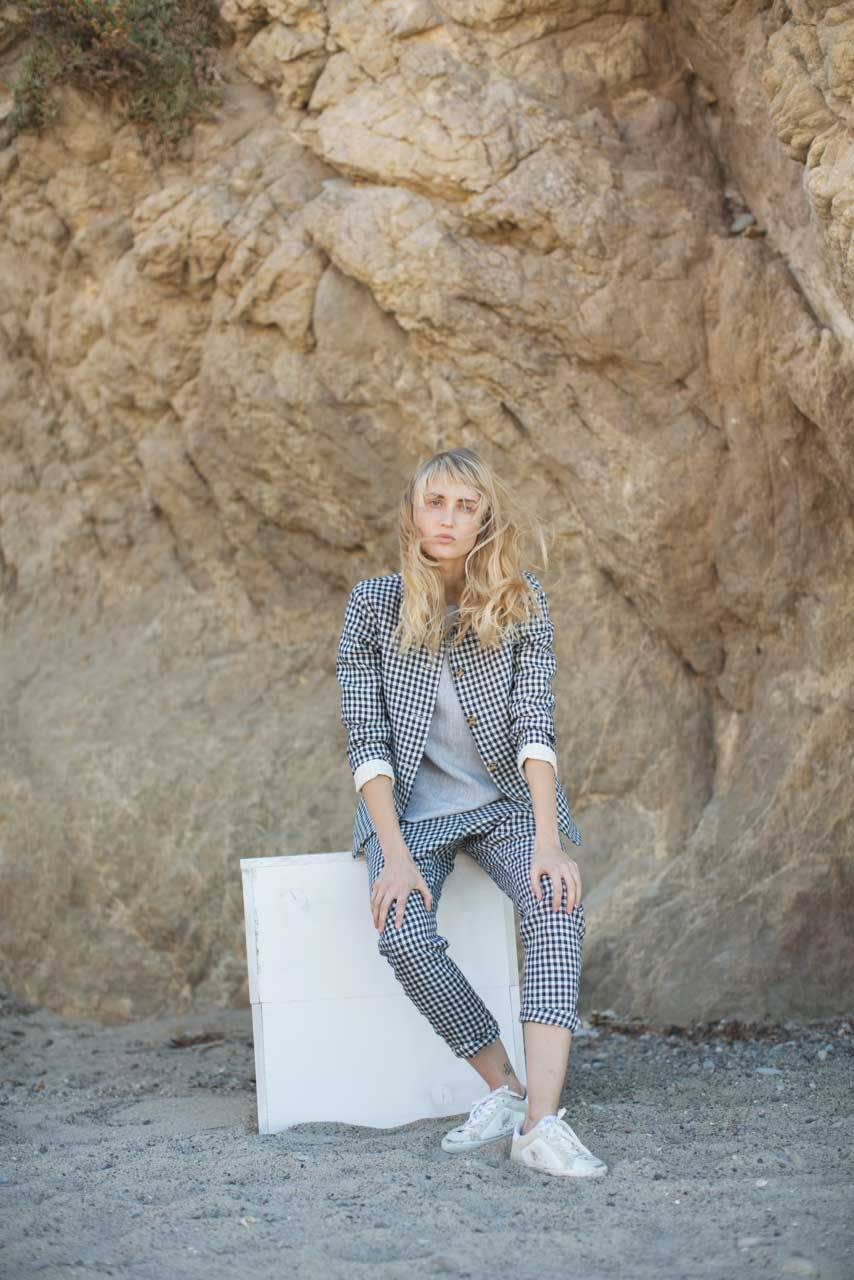
Photo: Courtesy of Faircloth & Supply
One-to-One Relationship
Can you specify how Faircloth & Supply’s partnership with GWP benefits the Nepali girls?
For each piece of clothing that we sell, we donate a school uniform. Often in Nepal and [largely in] India, children can’t go to school if they don’t have a school uniform. A lot of families can’t afford the uniform, so that prevents them from going to school. If they can’t afford it, they’ll send the boy in the family and the girl gets left behind.
How many uniforms do you provide every year?
Every year it grows. To date, it’s been around 5,200.
Do you visit Nepal often and see the girls you’ve provided uniforms for?
I go to Nepal once a year. The last time I was there, I got to visit all the villages where we were giving out the uniforms, meet the girls, and spend time with them. They’re so thankful and grateful for the uniforms. When I handed out the uniforms, every single one of them ran up, hugged me, and thanked me. They then stripped down from the clothes that they were wearing and put their uniform on immediately, even if it was mis-buttoned. It’s incredibly touching because it’s so different than the way our kids are in America. They don’t want to wear their uniforms. They don’t want to go to school. For the kids over there, it’s the complete opposite.
Fast Fashion
How do you feel about the rise of fast fashion today, and do you think it will ever cease to exist in the future?
I think it’s about educating people, I really do. I think people are unaware of it. If someone says here’s a $10 T-shirt, you don’t know where that T-shirt came from or the background of it. Why would you know? My hope is that it will be similar to the food revolution that has happened. It was only 10 years ago that people had no concept or understanding of organic food. And now people care.
At first, documentaries came out, people started to become aware, and that was just through education. It changed the food industry and the way people treated their bodies. People care because they know the effects of it. Hopefully we’re just at the beginning of that revolution within the fashion industry. It’s just bridging that gap between manufacturer and consumer. People have no idea where their clothing comes from. People are just disconnected. If they can’t see it, it doesn’t happen.
There’s a documentary that just came out a couple of months ago called The True Cost, and it was highlighting that issue. It’s all about the garment industry and the true cost of a garment, what it looks like on the other side. It’s an incredible documentary. Olivia Firth was involved. She’s very active in organic and ethical clothing design.
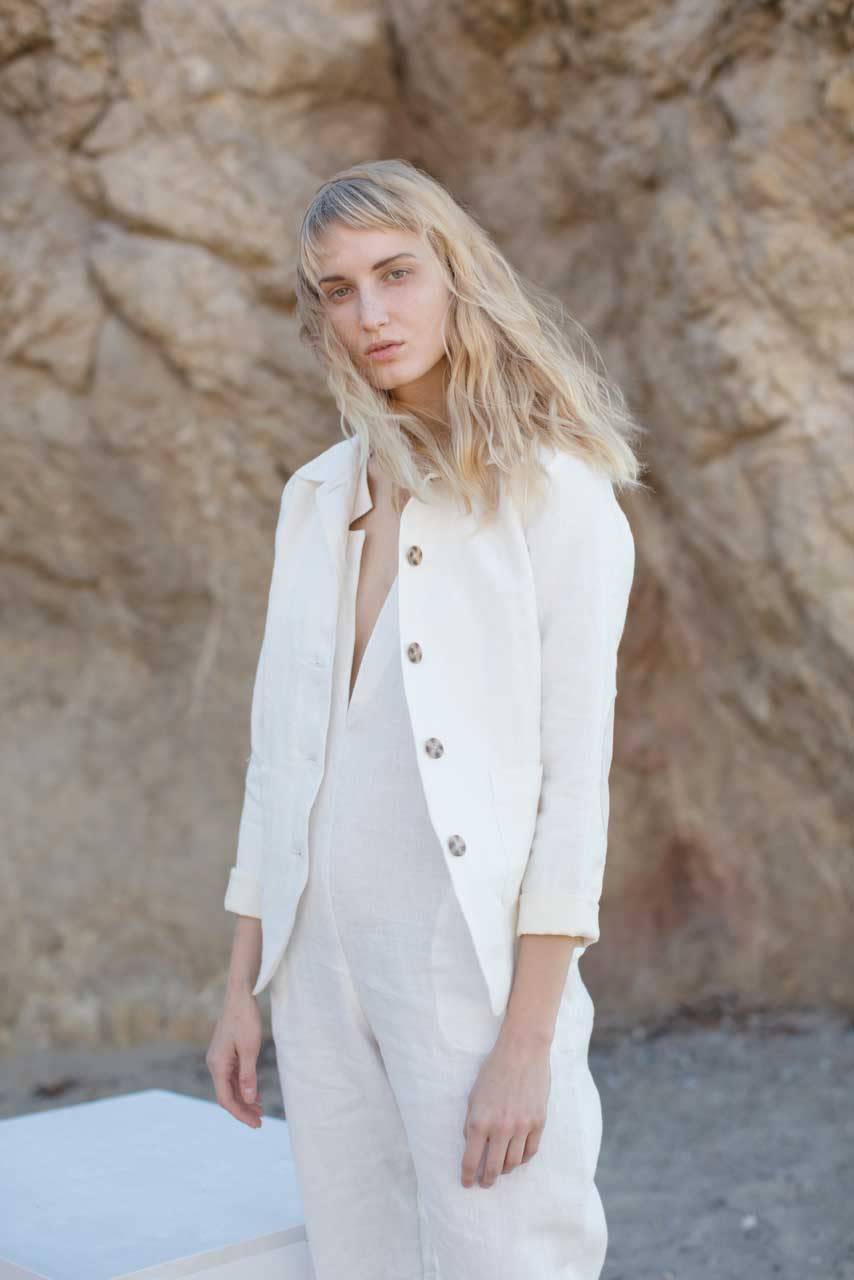
Photo: Courtesy of Faircloth & Supply
Career Advice
For every aspiring fashion designer who wants to be sustainable or ethical about how they make their clothing, what do you recommend?
The thing is, I think people have this notion that it’s a lot more difficult or more expensive than it is, but it’s really not. It just about putting in that little extra research to find that particular manufacturer and asking questions. The lasting effects are just not worth it. But any small adjustment you can make would be wonderful. It doesn’t have to be the “full package.” I pretty much do it all — ethically made, organically made, organically dyed, and I also give back so it’s fully loaded. But any small adjustment you can make to either give back or change production processes to be more sustainable would be a great step.
The Future
What other countries would you like to work with in the future?
I would always keep my roots in Nepal, but would work with the surrounding countries – India, Thailand, or Vietnam. I would love to do some work in Africa and South America as well. There’s still a lot to be done in those countries in terms of women’s rights, empowerment, and the way they’re treated and valued.
What is the end goal for Faircloth & Supply? What do you hope to achieve in the future?
I would love to make a significant impact in Nepal in terms of girls’ education, just from the way the country’s society views women and values women. That would be the most meaningful thing.
Follow us on Instagram, Facebook, and Pinterest for nonstop inspiration delivered fresh to your feed, every day.

